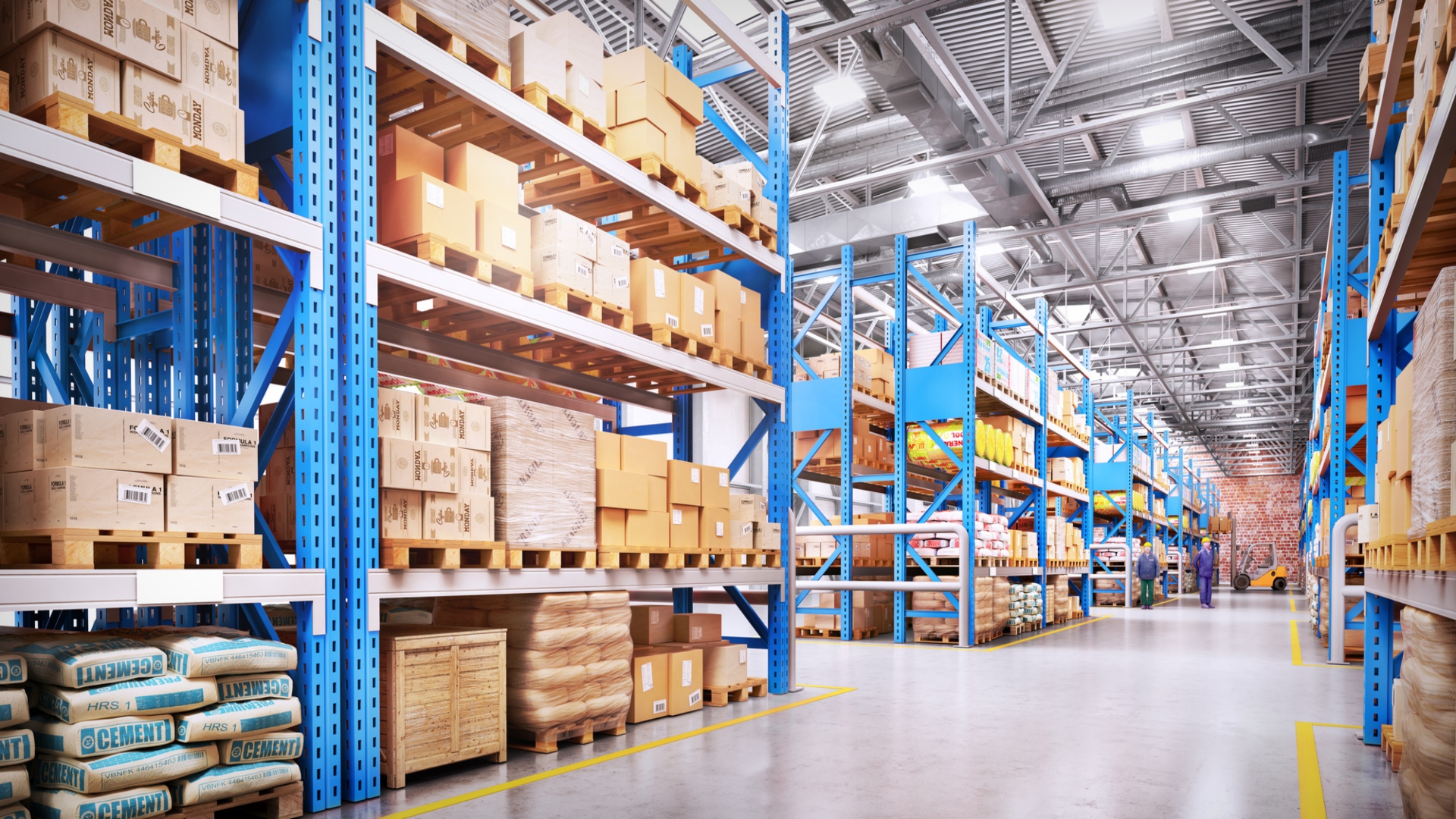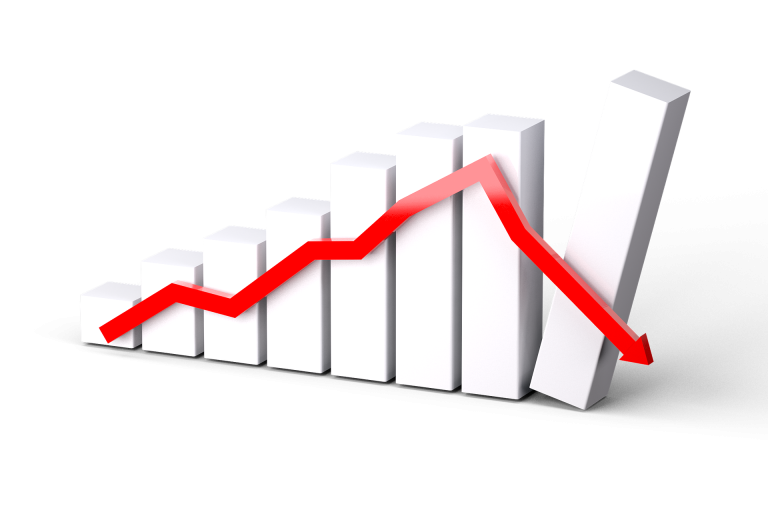An efficient warehouse helps you save money on storage, shipping, and inventory management. Meeting the demands of your customers on time can bring more revenue for the business. However, the cost of maintaining a warehouse can be significantly high.
Labor, equipment, fuel, electricity, and water add to your expenses. If you don’t find ways to reduce them, you might end up drowning in debt. In addition to that, an inefficient warehouse lowers your revenue due to poor supply chain management. If your customers receive faulty goods or experience late delivery, you risk losing their confidence and satisfaction.
Reducing warehouse costs is imperative to improve your sustainability. Most companies find ways to improve the efficiency of their warehouse layout. You can also seek expert advice in warehouse tracking from Lowry or similar ones.
Here’s an in-depth list of tips for doing so:
1. Conduct A Warehouse Audit
Before you start investing in cost-efficient technologies, running a warehouse audit is essential. This step helps you understand your warehouse’s current state and identify improvement areas.
Here are some ways to help evaluate your warehouse:
- Focus on what to audit.
- Discover improvement areas by checking quality, safety, and organizational performance.
- Start looking for solutions based on the findings.
With a successful audit, you can ensure your warehouse is operating at its full potential. Using these insights can make processes more efficient, reducing your expenses.
2. Leverage Technology
After the audit, it’s time to eliminate inefficiencies using technologies.
Here’s a list of some of the warehousing tools that can help improve your productivity:
- Warehouse management softwareallows you to track your inventory and manage your employees. You can monitor the number of items in stock, where they came from, and where they went. To gain in-depth insights, consider researching ‘What is warehouse management software.’ It helps you discover its features and learn how to pick the proper manufacturer for you.
- Radio-frequency identificationor RFID tags are tiny electronic chips embedded in products. It lets you identify them, track their location, and speed up the picking process. An RFID reader and scanner can read information off the tags. When a tag receives a signal from the reader, it sends back its unique ID number, transmitting the data to a computer system for processing.
- Bar codesare labels applied to products with lines of printed dots representing them. Scanners read these bars to show product information, such as the manufactured date, expiration date, and serial number. Bar codes can track your product’s movement from receiving to shipping. They can also speed up the process of locating misplaced or lost inventory.
These warehousing technologies streamline operations, eliminating redundancies that add up to costs.
3. Optimize Layout
Warehousing layout affects your warehouse’s efficiency as it determines workers’ travel time. If the products are far from each other, it takes a longer time to collect the orders. It can also affect the product’s delivery time when picking and packing orders.
An inefficient layout increases labor costs and reduces productivity. You can optimize your warehouse layout to improve its efficiency. Here are some tips to help you:
- Use vertical space to add storage options and enhance the accuracy of inventory management. Try using pallet racks to accommodate heavy loads without taking up any extra space.
- Organize the receiving area to accommodate equipment and personnel for the unloading process. By organizing your warehouse, you can receive, store, and distribute your products appropriately. You can also prevent delays in receiving and delivering items.
- Ensure the storage area is accessible to prevent problems during peak seasons or if there’s a sudden demand in supply.
- Provide adequate lighting in the staging areato enhance visibility. Sufficient lighting can improve productivity by reducing the risk of accidents and injuries.
Optimizing your warehouse layout can make operations more manageable.
4. Implement Energy-Efficient Practices
Sustainability also helps with cost reduction. It provides alternative options that can minimize waste, resulting in significant savings.
Here are some helpful tips to consider:
- Expand your windows to give way for more natural light.
- Invest in low-flow toilets to minimize water consumption.
- Use electric forklifts rather than gas-fueled ones.
- Switch to more compact or eco-friendly packaging.
With these practices, you can save money and reduce your carbon footprint.
5. Buy Used Containers
Did you know purchasing used containers can be a cost-effective option? Containers, such as food trays, metal bins, wood crates, stack racks, organizer bins, and wire baskets, are often discarded.
If you plan to buy new containers for your warehouse, consider looking for used ones instead. Ensure they’re sturdy enough to handle the weight of the items before you purchase them. Find good deals from local warehousing companies, garage sales, flea markets, or online stores.
Summing It Up
The efficiency of a warehouse directly impacts its expenses. Your bills may increase if you don’t take any measures. Finding effective ways to optimize your warehouse can help eliminate redundancies in your processes. Also, improving your warehouse means storing goods properly before delivering them, providing better customer satisfaction.
























